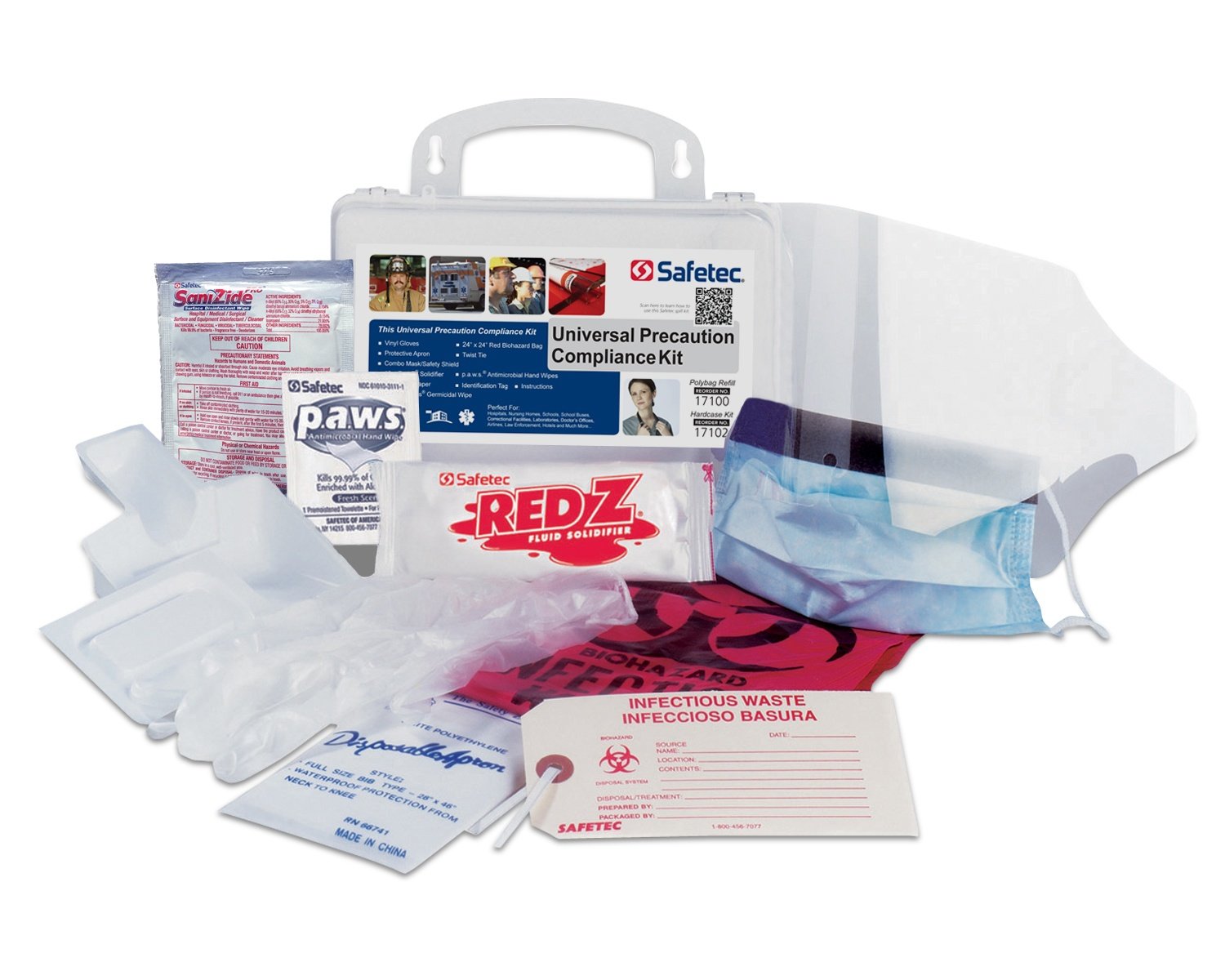
Which Body Fluids Are Infectious?
In order to fully understand infection control, you must first understand which body fluids are actually infectious. What first pops into many peoples minds is blood. Of course blood can be infectious, but it does not stop there.
First a few explanations on bloodborne pathhogens and exposure:
Bloodborne Pathogen: an organism that causes HIV, Hepatitis B and/or C.
An exposure occurs when any person has a percutaneus injury (needlestick or cut with a sharp object) or contact of mucous membrane or nonintact (chapped or open wound) skin with another person’s blood, tissue or other body fluids that are potentially infectious.
Potentially infectious blood and body fluids include
- fluids containing visible blood
- semen
- vaginal secretions
- cerebrospinal fluid
- synovial fluid, pleural fluid
- peritoneal fluid
- pericardial fluid
- amniotic fluid
- Saliva during a dental procedure
- All body fluids in situations where it is difficult or impossible to differentiate between body fluids.
Unless visible blood is present, the following body fluids are NOT considered to be potentially infectious:
- feces
- nasal secretions
- saliva
- sweat
- tears
- urine
- vomit
Other potentially infectious materials can include:
- Any unfixed tissue or organ (other than intact skin) from a human, or non-human primate (living or dead).
- HIV-containing cell or tissue cultures, organ cultures, and HIV or HBV-containing culture medium or other solutions, and blood, organs or other tissues from experimental animals infected with HIV or HBV.
- Any pathogenic microorganism
- Human cell lines
If you are looking for a kit to help protect those in your facility take a look at our Universal Precaution Compliance Kit. This kit combines personal protection and cleanup items mandated by OSHA, CDC, and State Health Departments to aid in the cleanup, transportation, and disposal of infectious blood or body fluid spills.
Watch our video and learn how easy it is to utilize the kit when a body fluid spill does occur.
Sources:
